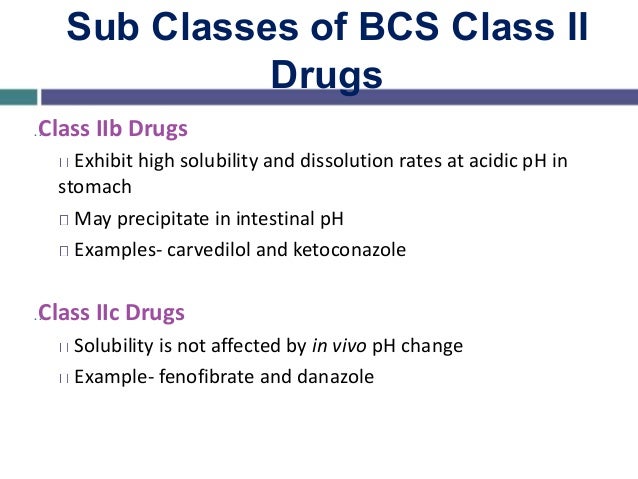Bcs Class Iii Drugs
Biopharmaceutical Classification System and Formulation Development Particle Sciences - Technical Brief: 2011: Volume 9 The Biopharmaceutical Classification System (BCS) is an experimental model that measures permeability and solubility under prescribed conditions. The original purpose of the system was to aid in the regulation of post-approval changes and generics, providing approvals based solely on in vitro data when appropriate.
Josh groban christmas song believe. Dec 06, 2010 Merry Christmas!! So this is my little way of saying Happy Holidays to everyone:) Ik this isn't the best song in the world.but it did get stuck in my head enuf for me to want to make a video of it. Dec 11, 2010 Josh Groban Believe from the polar express pics from google hope you enjoy comment rate subscribe Children sleeping, snow is softly falling Dreams are calling like bells in the distance We were.
Importantly, the system was designed around oral drug delivery since the majority of drugs are and remain orally dosed. Waivers, permission to skip in vivo bioequivalence studies, are reserved for drug products that meet certain requirements around solubility and permeability and that are also rapidly dissolving. More and more however, the industry is using the BCS as a tool in drug product development. As a simple example, BCS can be used to flag drugs that should not be tested clinically unless appropriate formulation strategies are employed (see Figure 1).


As an example, a BCS Class II compound, permeable but relatively insoluble, would likely not be a good clinical candidate without the use of enhanced formulation techniques aimed at increasing solubility or rate of dissolution. Various schemes exist that attempt to funnel a given API towards particular drug delivery techniques depending on the API’s BCS category. Still, most approaches remain fragmented in their methodology, ignoring commercially and biologically important factors. The BCS can however, when integrated with other information provide a tremendous tool for efficient drug development. One school of thought, very much endorsed by the authors, is that first in human (FIH) drug dosage forms should be designed to maximize bioavailability and that the FIH dosage form should be a logical step towards commercialization and not simply a stop gap to facilitate data acquisition. This makes sense both economically and ethically.
Free slot games give you a trial period before you decide to deposit. To find the free games on a casino website, just look for a practice mode or demo mode icon on the homepage of the website. You will get to experience all the thrills of real money slots for free and may even get additional bonus spins. 300 free slots casino game.
Bcs Class Ii Antihypertensive Drugs

Bcs Class 1 Drugs
Biowaiver Extension Potential to BCS Class II Drugs BCS Class II drugs exhibit low solubility and high per-meability characteristics. The scientific rationale for granting biowaiver extension for Class II drugs is that their oral ab-sorption is most likely limited by in vivo dissolution. Low D o Low A n High D n BCS Class III “if two drug products, containing the same drug, have the same concentration time profile at the intestinal membrane surface then they will have the same rate and extent of absorption”.
For BCS Class I molecules, FIH formulations are straight forward and may consist of essentially the neat API. For other compounds, effective dosage forms present greater challenges. Although designed originally to classify APIs as to their oral bioavailability, properly augmented, the BCS can be used as a key component of an algorithm to guide drug delivery system design for any route of administration. This notion has been elaborated on by a number of authors 1. The BCS Briefly, the BCS places a given API in one of four categories depending on its solubility and permeability as they pertain to oral dosing (see Figure 1). A drug substance is considered “highly soluble” when the highest clinical dose strength is soluble in 250 mL or less of aqueous media over a pH range of 1–7.5 at 37 °C. A drug substance is considered to be “highly permeable” when the extent of the absorption (parent drug plus metabolites) in humans is determined to be ≥90% of an administered dose based on a mass balance determination or in comparison to an intravenous reference dose 2.